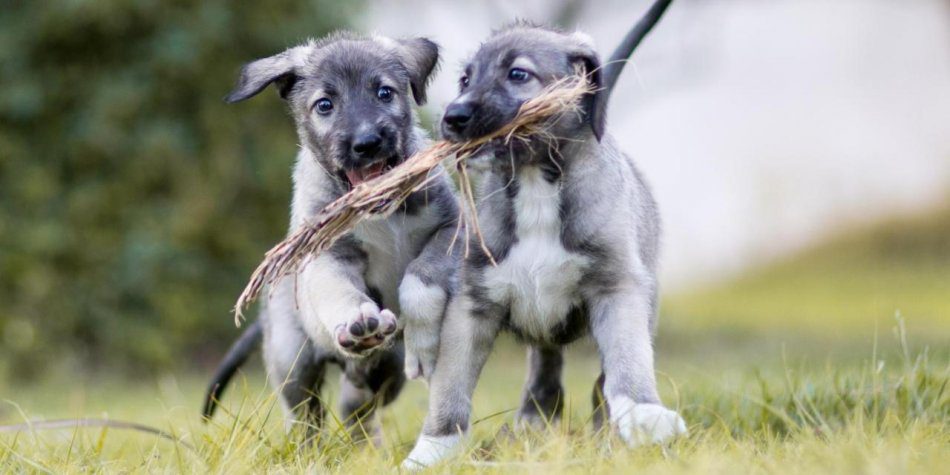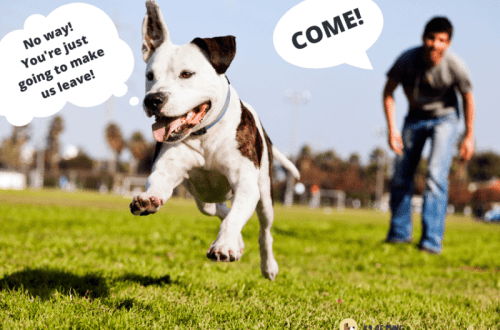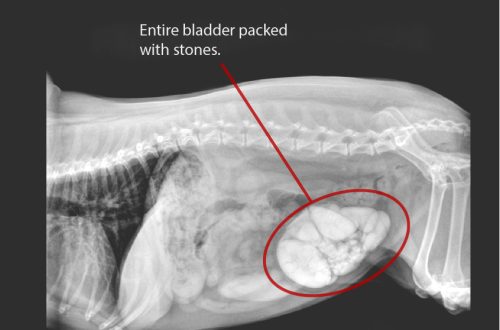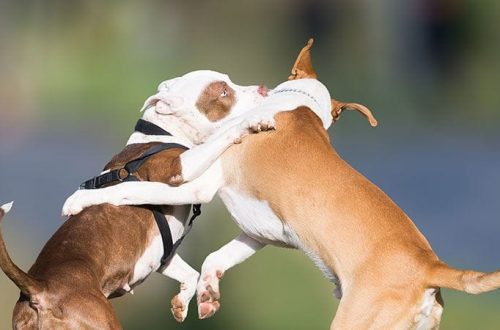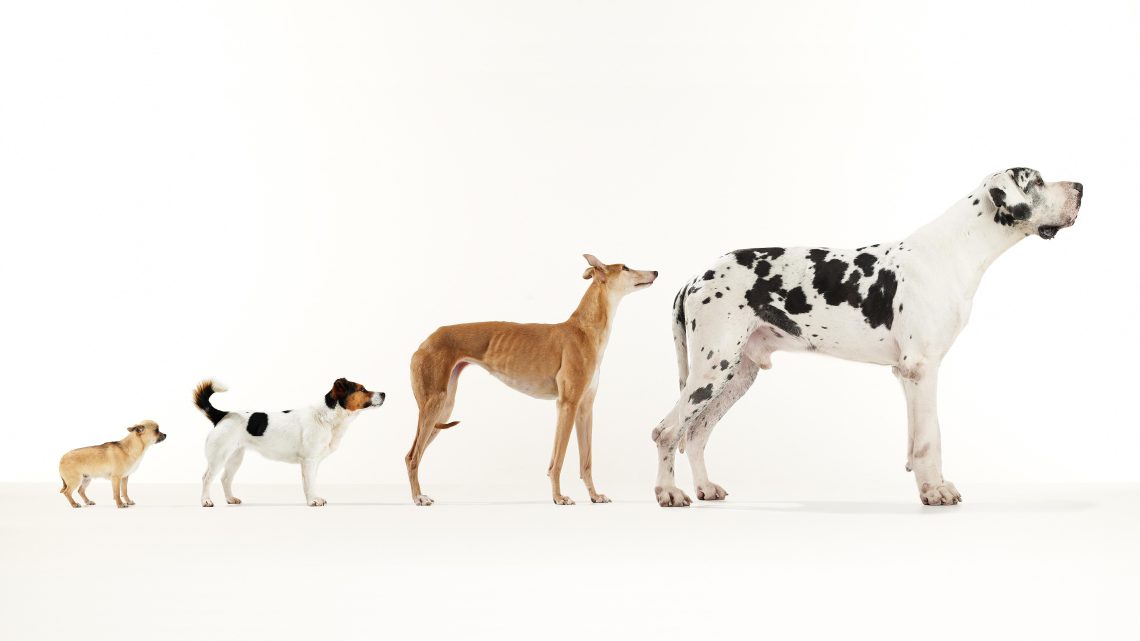
Domestication of dogs
Long time process of dog domestication remained a secret. No one could say how they became our best friends – those who understand not only from a half-word, but also from a half-look. However, now we can lift the veil on this mystery. And they helped to reveal this secret … foxes!
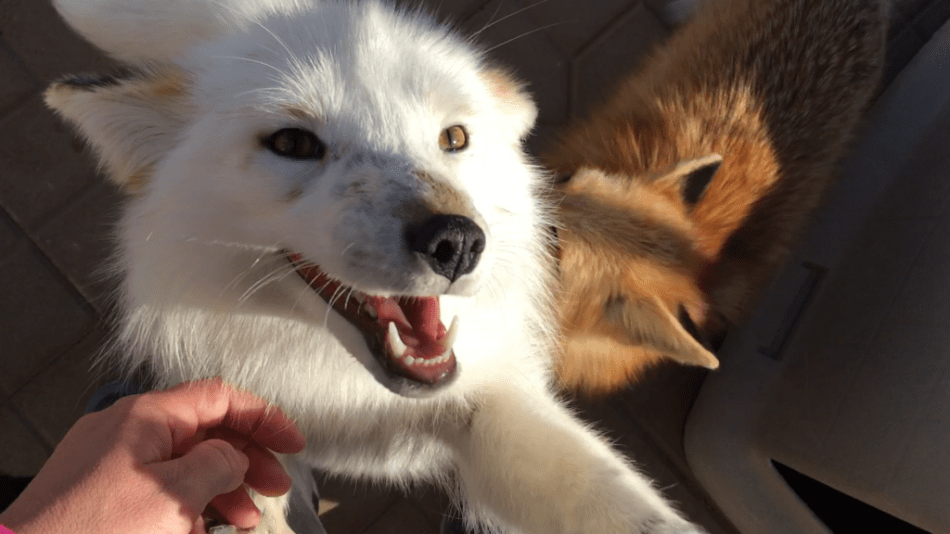
In the photo: foxes that helped solve the mystery of dog domestication
Contents
Dmitry Belyaev’s experiment with foxes: is the secret of dog domestication revealed?
For several decades, Dmitry Belyaev conducted a unique experiment at one of the fur farms in Siberia, which made it possible to understand what domestication is and to explain the unique qualities that dogs possess. Many scientists are convinced that Belyaev’s experiment is the greatest work in the field of genetics of the 20th century. The experiment continues to this day, even after the death of Dmitry Belyaev, for more than 55 years.
The essence of the experiment is very simple. On a fur farm where ordinary red foxes were bred, Belyaev had 2 populations of animals. Foxes from the first group were selected randomly, regardless of any qualities. And the foxes of the second group, experimental, passed a simple test at the age of 7 months. The man approached the cage, tried to interact with the fox and touch it. If the fox showed fear or aggression, it did not participate in further breeding. But if the fox behaved in an interested and friendly manner towards a person, she passed on her genes to future generations.
The result of the experiment was stunning. After several generations, a unique population of foxes formed, which clearly demonstrated how domestication affects animals.

In the photo: a fox from the experimental group of Dmitry Belyaev
It is amazing that, despite the fact that the selection was carried out solely by character (lack of aggression, friendliness and interest in relation to humans), foxes after several generations began to differ greatly from ordinary red foxes in appearance. They began to develop floppy ears, tails began to curl, and the color palette varied greatly – almost as we can see in dogs. There were even piebald foxes. The shape of the skull has changed, and the legs have become thinner and longer.
We can observe similar changes in many animals that have undergone domestication. But before Belyaev’s experiment, there was no evidence that such changes in appearance could be caused only by selection for certain qualities of character.
It can be assumed that hanging ears and ring tails are, in principle, the result of life on a fur farm, and not experimental selection. But the fact is that the foxes from the control group, which were not selected for their character, did not change in appearance and still remained classic red foxes.
The foxes of the experimental group changed not only in appearance, but also in behavior, and quite significantly. They began to wag their tails, bark and whine much more than the foxes in the control group. Experimental foxes began to strive to communicate with people.
Changes also occurred at the hormonal level. In the experimental population of foxes, the level of serotonin was higher than in the control group, which, in turn, reduced the risk of aggression. And the level of cortisol in experimental animals was, on the contrary, lower than in the control group, which indicates a decrease in stress levels and weakens the fight-or-flight response.
Fantastic, don’t you think?

Thus, we can say exactly what domestication is. Domestication is a selection aimed at reducing the level of aggression, increasing interest in a person and the desire to interact with him. And everything else is a kind of side effect.
Domestication of dogs: new opportunities for communication
American scientist, evolutionary anthropologist and dog researcher Brian Hare conducted an interesting experiment with foxes, bred as a result of Dmitry Belyaev’s experiments.
The scientist wondered how dogs learned to communicate so skillfully with people, and hypothesized that this could be the result of domestication. And who, if not domesticated foxes, could help confirm or refute this hypothesis?
Experimental foxes were given diagnostic communication games and compared with foxes from the control group. It turned out that domesticated foxes perfectly read human gestures, but foxes from the control group did not cope with the task.
Curiously, the scientists spent a lot of time specifically training little foxes in the control group to understand human gestures, and some of the animals made progress. While the foxes from the experimental group cracked puzzles like nuts without any prior preparation – almost like baby dogs.
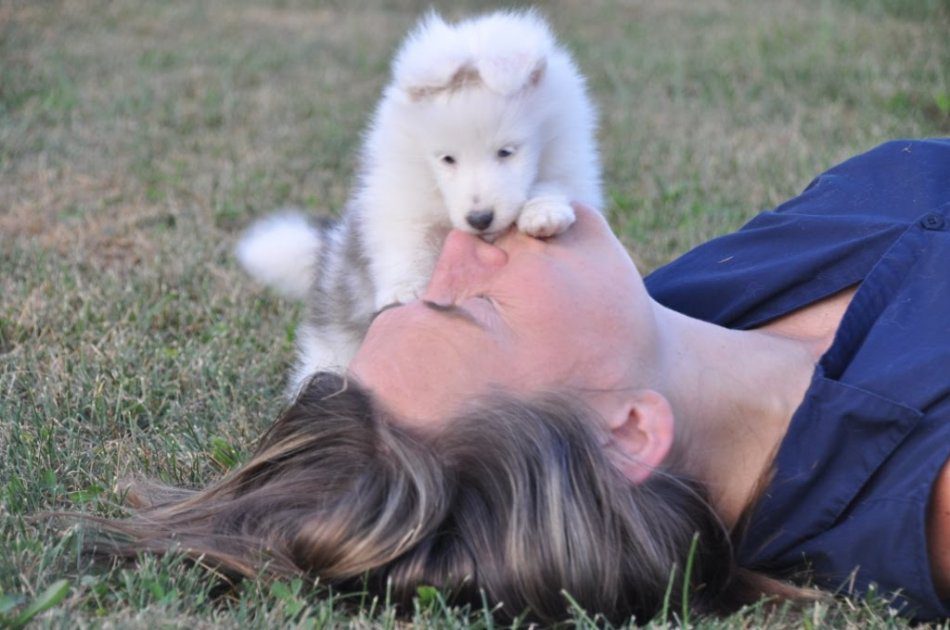
So we can say that the wolf cub, if it is diligently socialized and trained, will learn to interact with people. But the beauty of dogs is that they have this skill from birth.
The experiment was complicated by eliminating food rewards and introducing social rewards. The game was very simple. The man touched one of two small toys, and each of the toys, when touched, made sounds that were supposed to interest the foxes. Previously, the researchers were convinced that the toys themselves are attractive to animals. It was interesting to find out whether the foxes would touch the same toy as the person, or choose another one that was not “defiled” by the experimenter. And during the control experiment, a person touched one of the toys not with a hand, but with a feather, that is, he offered a “non-social” hint.
The results were interesting.
When the foxes from the experimental group saw that a person was touching one of the toys, in most cases they also chose this toy. While touching the toy with a feather did not affect their preferences in any way, in this case the choice was random.
Foxes from the control group behaved in exactly the opposite way. They showed no interest in the toy that the person touched.
How did the domestication of dogs take place?
In fact, now the veil of secrecy over this issue is ajar.
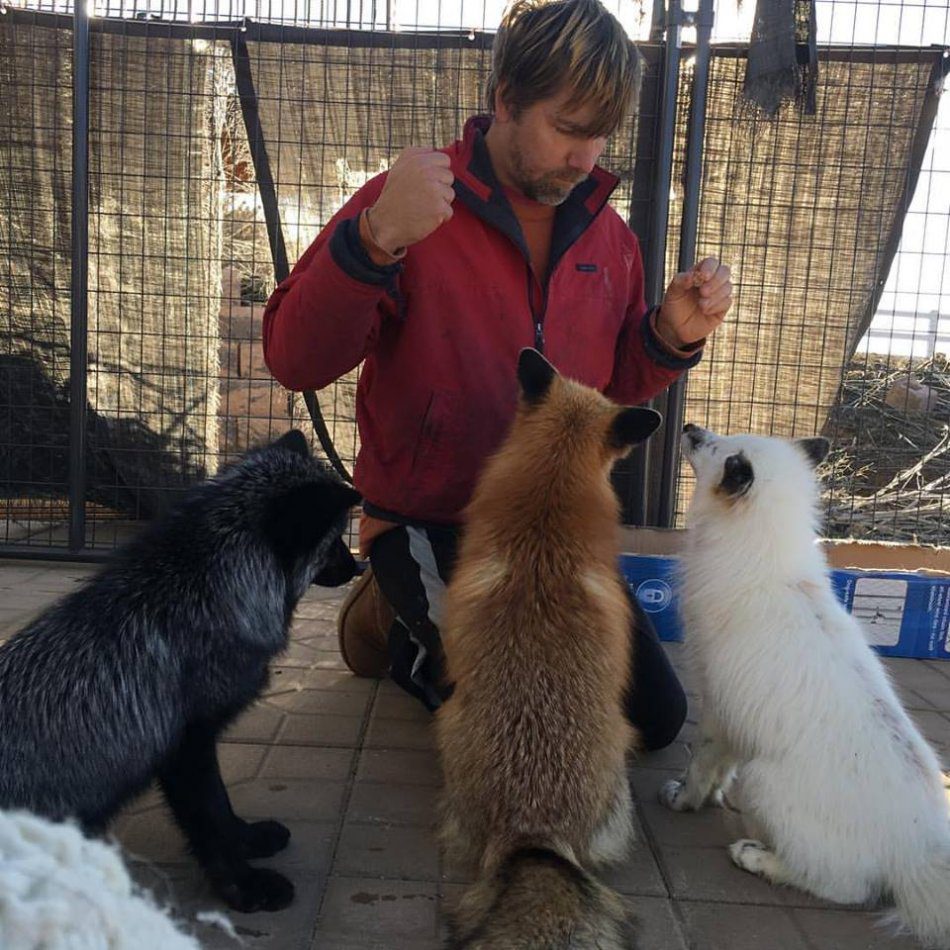
In the photo: foxes from the experimental group of Dmitry Belyaev
It is unlikely that a primitive man once decided: “Well, it’s not a bad idea to train several wolves to hunt together.” It seems more likely that at one time the wolf population chose humans as partners and began to settle nearby, for example, to pick up leftover food. But these were supposed to be wolves less aggressive than their relatives, less shy and more curious.
Wolves are already creatures aimed at interacting with each other – and they probably realized that it is possible to interact with people as well. They were not afraid of people, they did not show aggression, they mastered new ways of communication and, moreover, they had those qualities that a person lacked – and, probably, people also realized that this could be a good partnership.
Gradually, natural selection did its job, and new wolves appeared, different from their relatives in appearance, friendly and focused on interacting with people. And understanding a person not even from a half-word, but from a half-look. In fact, these were the first dogs.
